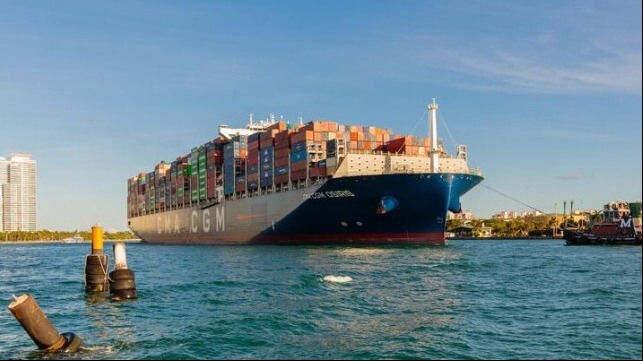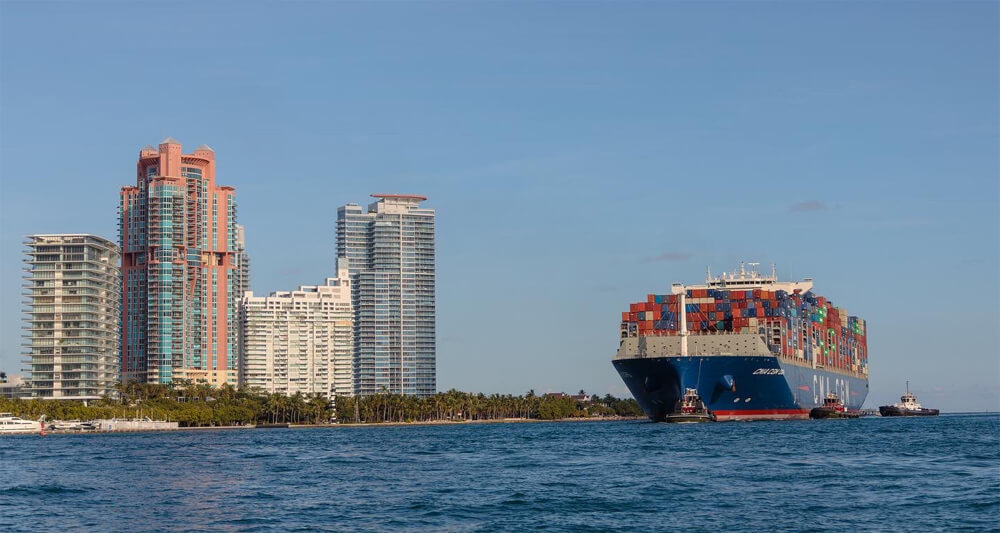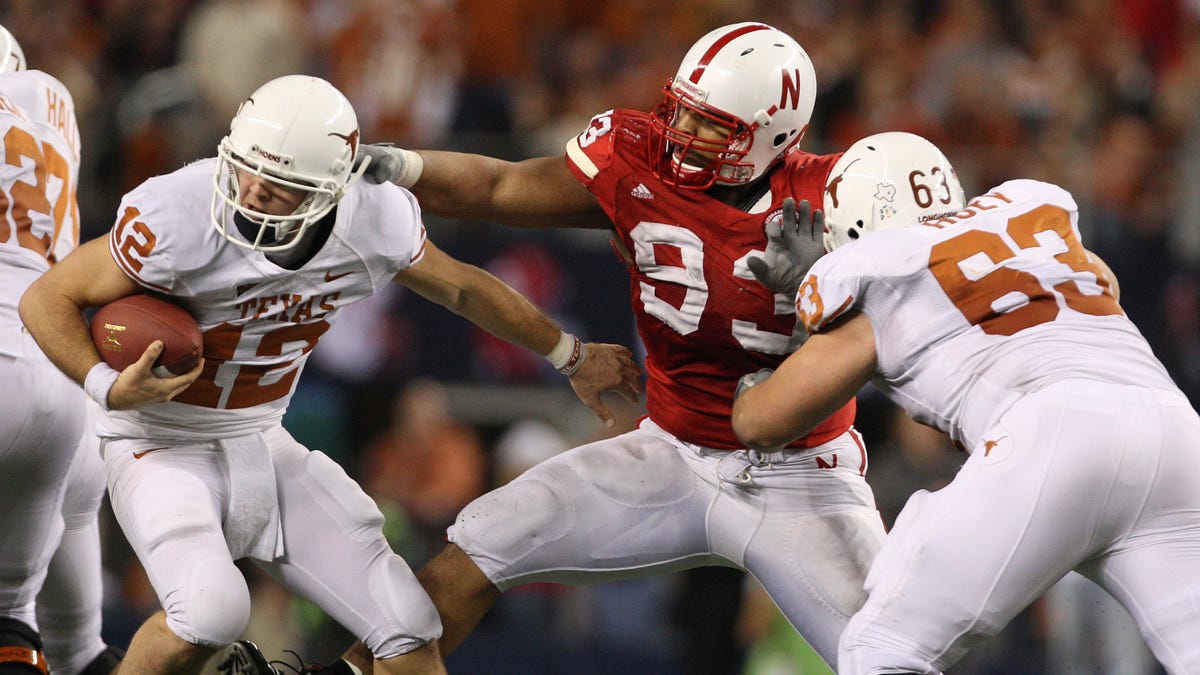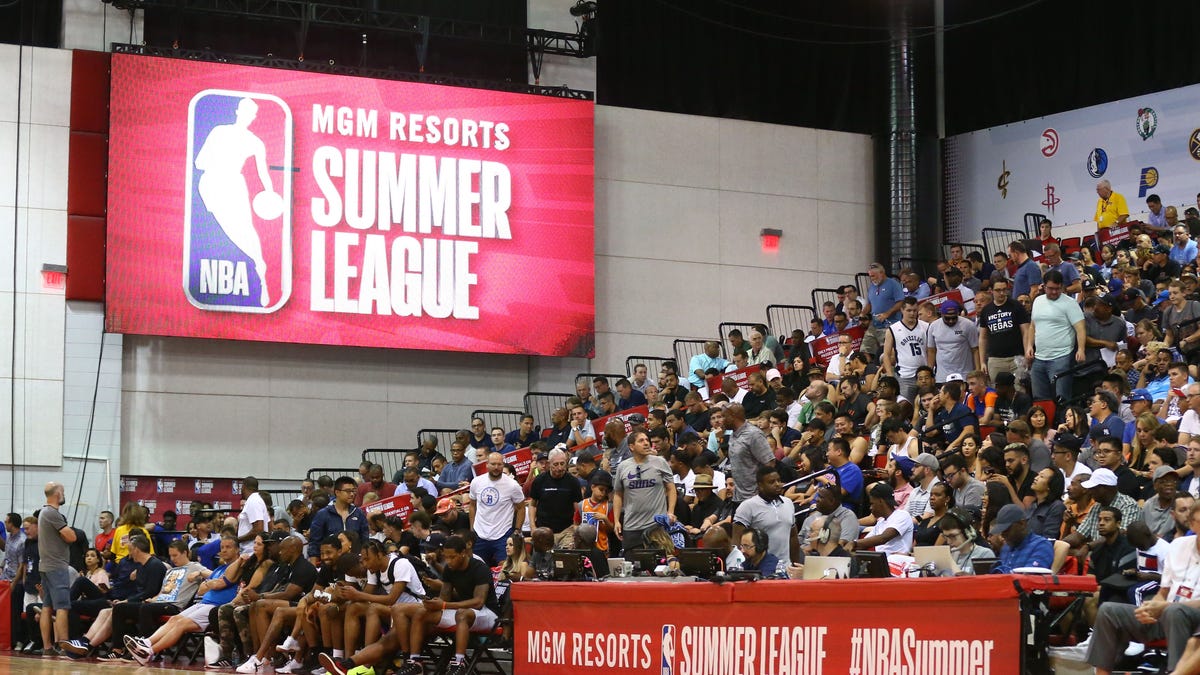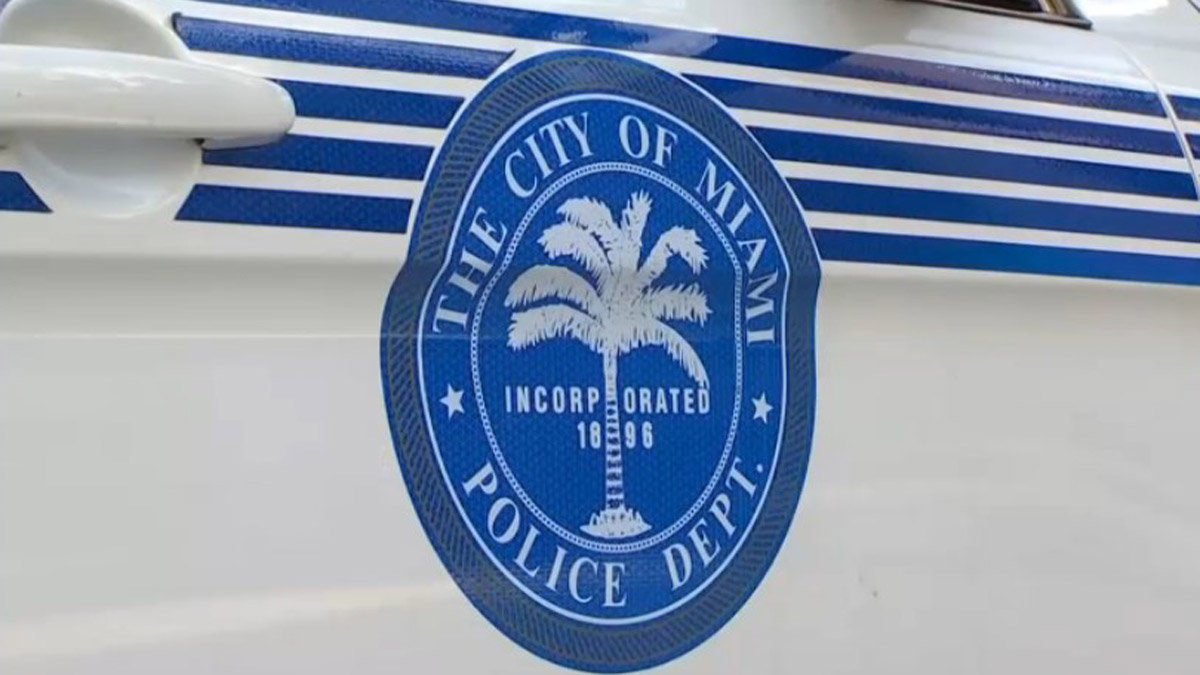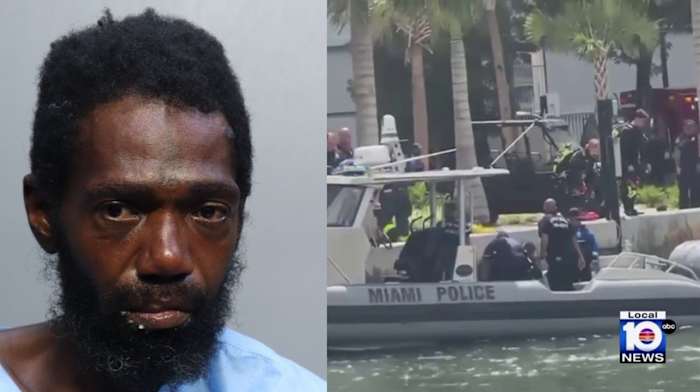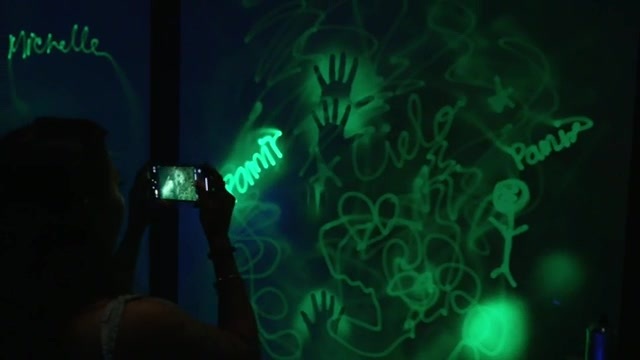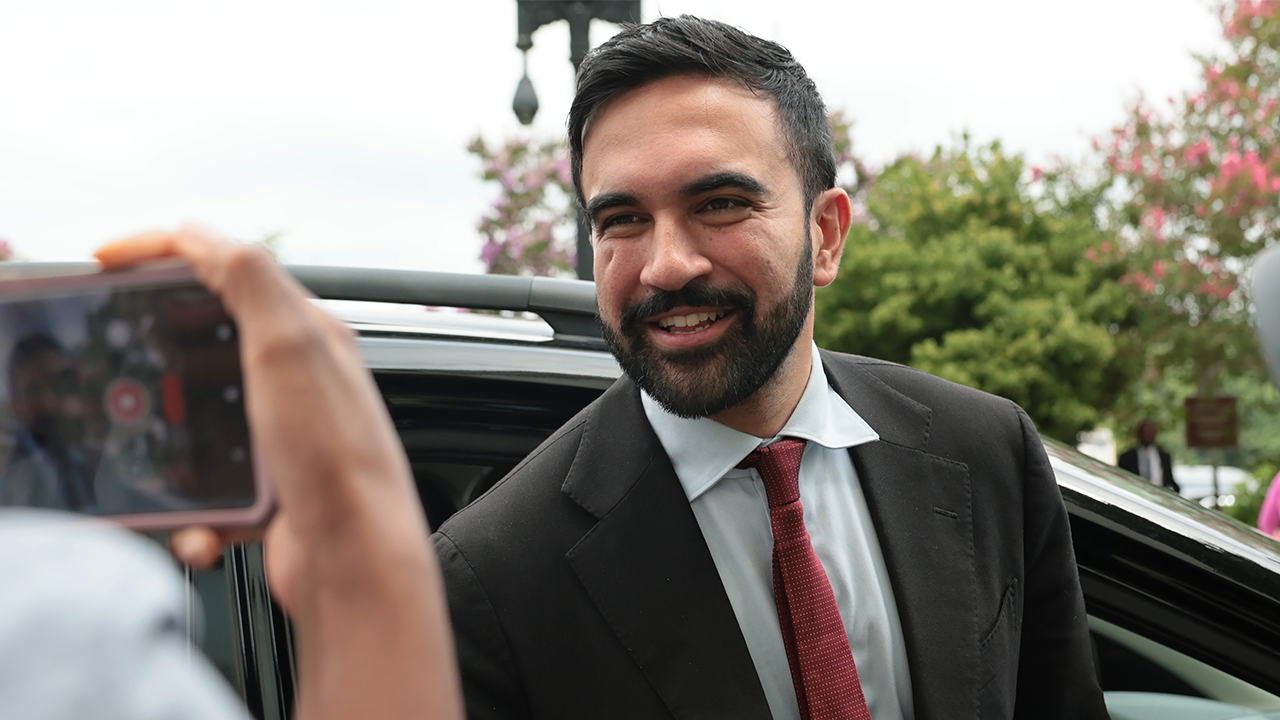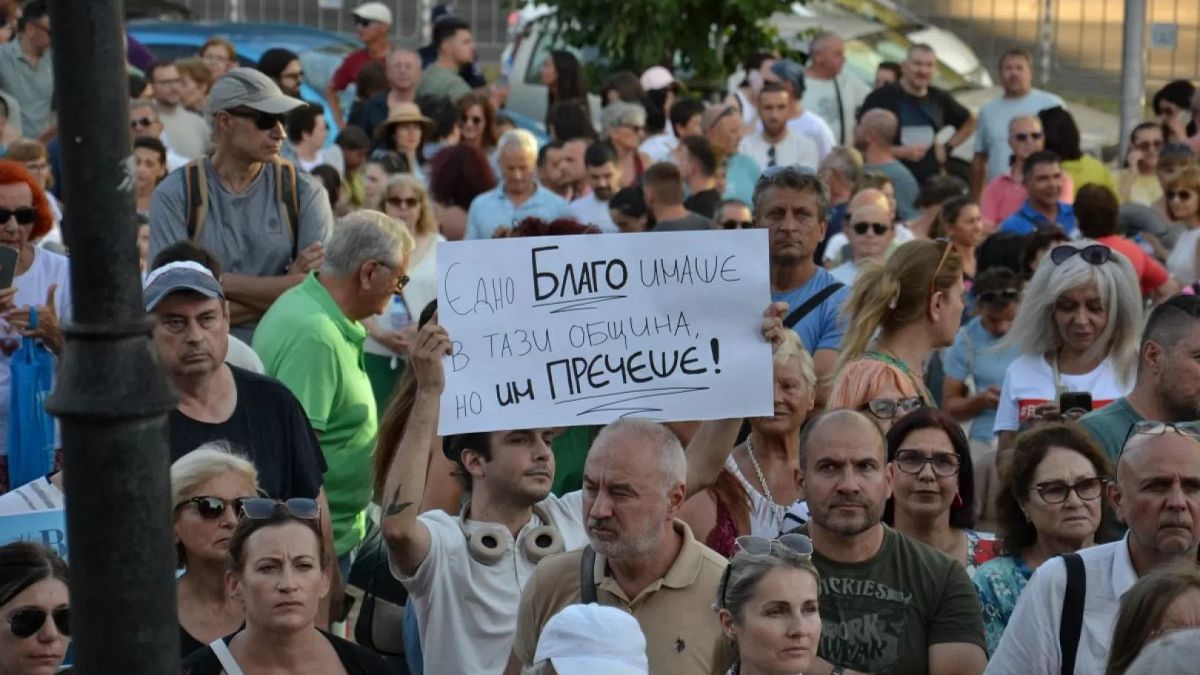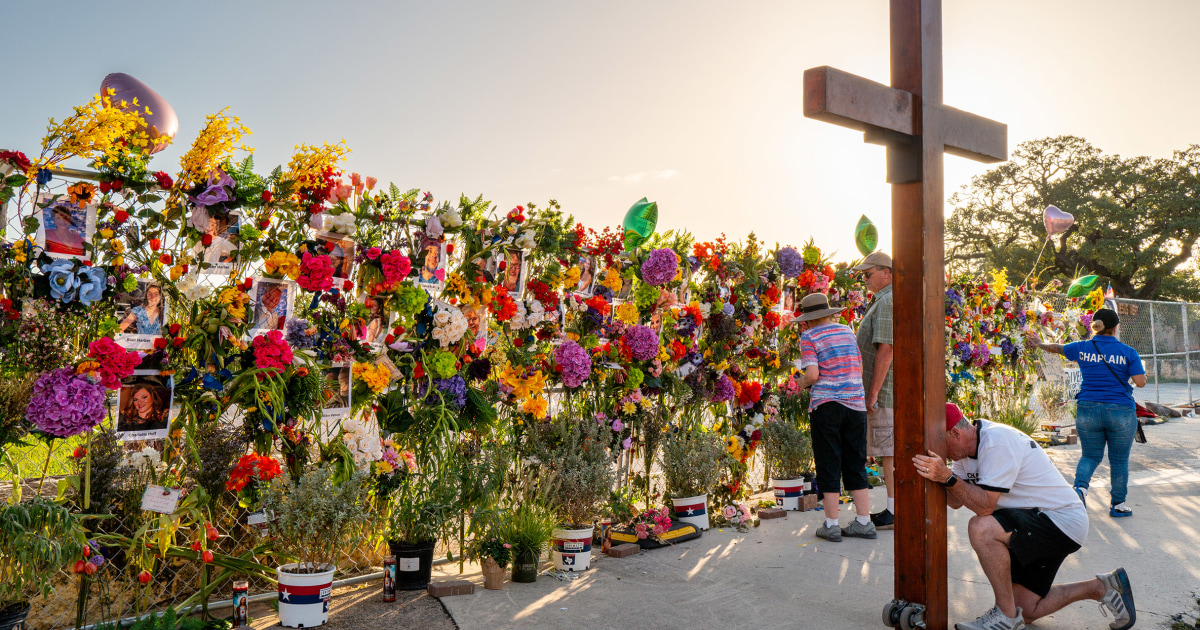A team of reporters from the Miami Herald and WLRN spent over a year documenting every death involving Brightline trains since the rail line’s launch seven years ago. Drawing on autopsy reports and local law enforcement records, reporters discovered that 182 people — so far — have been killed by the fast-speed train.
The team of reporters analyzed federal railroad data, reviewed federal safety studies, consulted experts and reviewed hundreds of pages of medical examiner and police incident reports to better understand the factors that contributed to each death and to compare Brightline’s safety record against other railroads nationwide.
Counting the dead
There is no one-stop shop for requesting and obtaining records about the 182 people, as of July 14, who have died in incidents involving Brightline trains.
The task was made more difficult by errors and delays in federal rail data, a federal policy to withhold detailed suicide information from public release, and a relatively new Florida law that prevents release of autopsy reports of people who died by suicide.
The Federal Railroad Administration’s website is also challenging to navigate. As a result, prior media reports on Brightline deaths have undercounted the true toll.
We found that 182 people were killed by Brightline trains, with 41% ruled suicides by medical examiners. The Federal Railroad Administration recorded only 23% as suicides in its data, which can lag by up to three months.
Both figures are well below Brightline’s determination that “more than half of deaths” were confirmed or suspected suicides.
The team started by obtaining train fatality data from the Federal Railroad Administration, which maintains the most comprehensive record of train deaths. Railroads are responsible for filing a Form 55a incident report whenever an incident on railroad property results in injury or death.
This data is available as both a public database with individual records for each injury or fatality and an interactive dashboard with summary statistics.
The public database typically excludes all incident data for deaths determined to be suicides and the dashboard only includes summary totals of suicide deaths. It does not contain enough information to identify the number of people who had died by suicide by county for each month and year, crucial information for verification purposes.
We accessed the dashboard’s underlying data, which contains far more detail about each incident.
This allowed us to build a more robust dataset by writing code to combine these detailed records with the more limited data typically available on the dashboard.
We then turned to local public records to identify victims and create an accurate count. Getting these records presented a new set of challenges.
Each county has its own medical examiner office. Each city has its own police department or in some cases uses the county sheriff’s office. Each agency has its own computer system, and some weren’t able to find records that reporters requested. Sometimes, agencies denied our requests, requiring us to assert legal rights to public records.
The team’s goal was to confirm each fatality with at least two records. The work of confirming details was made more difficult thanks to a Florida law that went into effect last year and made it a third-degree felony for medical examiners to release autopsy reports in suicide cases. So reporters turned to local police reports for the missing details.
Where Brightline stands nationally
In 2019, an analysis by the Associated Press named Brightline the deadliest railroad in the country. At the time, 41 people had died.
Since then, Brightline has expanded to Orlando, adding 170 miles to its network. We used death totals from the same FRA dashboard to compare all passenger railroads with Brightline’s numbers. The team’s analysis found that the federal dataset contained duplicates, missing records and inconsistent death rulings, but it still offered the most accurate and standardized baseline for comparing all railroads.
The totals used to compare each passenger railroad included trespasser and suicide deaths between 2018 and 2024. Using operational data that railroads submit each month, we calculated the distances traveled each year, which allowed for a determination of each railroad’s death rate per million miles, a standard metric used by transportation-safety experts.
Our analysis found that Brightline remains the deadliest passenger railroad in the country per million miles traveled. Its fatality rate is one-and-a-half times worse than San Diego’s Coaster Commuter, which has the second-highest rate.
South Florida’s Tri-Rail and Central Florida’s SunRail, which use different tracks than Brightline, are also among the top 10 deadliest passenger trains.
Comparing crossings
While many Brightline deaths didn’t occur at official train crossings, the only practical way to compare the safety characteristics of the Brightline route with the routes of other passenger trains was to compare the relative safety of these official crossings using data that railroads and state departments of transportation submit to the FRA.
The team took inspiration from the methodology used by the FRA to assess risk at highway-railroad crossings, calculating safety levels using maximum timetable speed and exposure, a metric representing the product of the average daily total traffic count and number of daily trains. We also considered whether a crossing was at-grade — when the crossing is at the same level as the road — and if it had a whistle ban.
We compared Brightline with the Coaster commuter train in the San Diego area, Caltrain in Northern California, Altamont Corridor Express between Stockton and San Jose and Amtrak’s Lincoln and Wolverine routes from Chicago to St. Louis and Detroit. The team chose to compare these lines because Coaster, Altamont and Caltrain were among the top five deadliest railroads from the analysis, and the two Amtrak routes were referenced by Brightline’s president as comparable during a 2018 congressional hearing.
To ensure that the comparison included all the crossings for each rail line, the team used geospatial data from the North American Rail Network Lines and Amtrak Routes datasets to compare with the FRA crossings data.
The team determined the total daily trains that ran on each line by adding counts of daylight, nighttime and switching trains. Exposure was calculated by multiplying the total daily trains by average daily traffic. Reporters also wrote code to calculate the percentages of at-grade crossings and whistle bans for each railroad.
The analysis shows that 96% of Brightline’s crossings are at-grade and more than half are within quiet zones. Its trains are also permitted to travel at higher speeds at a larger share of crossings and are more exposed to vehicle traffic compared to every railroad in the comparison.
Visualizing Brightline deaths
Reporters created maps and a 3D model to show fatality locations, compare crossings by railroad and walk readers through a high-risk intersection.
One map highlights Brightline crossings with an exposure value over 5,000. Federal Highway Administration guidance suggests active warning devices, like flashing lights and automatic gates, at crossings at or above this threshold. It isn’t clear from the data how many of those crossings actually had active warning devices. The team’s reporting found several instances where recent crossing modifications were missing.
Another map primarily uses geographic information from FRA records. About a third of the locations had to be manually geocoded using Google Maps and Geojson.io by referencing descriptions of the locations in death and safety records and local news reports. Most of these geocoded locations were missing from the FRA data because they were considered suicides or were too recent to be included in the federal records. An additional handful of locations had to be manually geocoded because there were minor inaccuracies in the FRA coordinates.
To show the population distribution on the Brightline fatalities map, the team used 2020 American Community Survey data to map Florida’s population using evenly spaced dots that were sized based on the estimated population in the area they represent.
To understand the nature of where and how these fatalities occurred, reporters also analyzed the relationship of the locations of these fatalities to nearby street-level crossings along the Brightline route.
The Brightline route used in the map was extracted from a Florida Department of Transportation map and the current station locations were geocoded using Google Maps. The underlying map is composed of Florida’s county lines from the U.S. Census Bureau 2020 TIGER/Line shapefiles.
To recreate a photorealistic 3D model of the intersection at 141st Street and U.S. 1 in North Miami — where a Brightline train collided with a vehicle — the team used on-the-ground and drone photography, along with visual-effects software.
Miami Herald photographers captured hundreds of high-resolution images from multiple angles of the intersection. The team stitched together overlapping photos of the area to produce a 3D model of the intersection using a technique called photogrammetry.
In the process, reporters replaced distorted objects in the model — such as palm trees, intersection signs, crossing arms and poorly rendered vehicles — with detailed 3D models purchased from Turbosquid, an online library of 3D models.
The team matched the virtual camera to the perspective of actual cellphone crash footage that had been posted on X (formerly Twitter). The team also added effects highlighting the intersection’s problem areas, such as the absence of fencing and the proximity of U.S. 1 to the tracks.
McClatchy Media Creative Director Sohail Al-Jamea contributed to this report.

